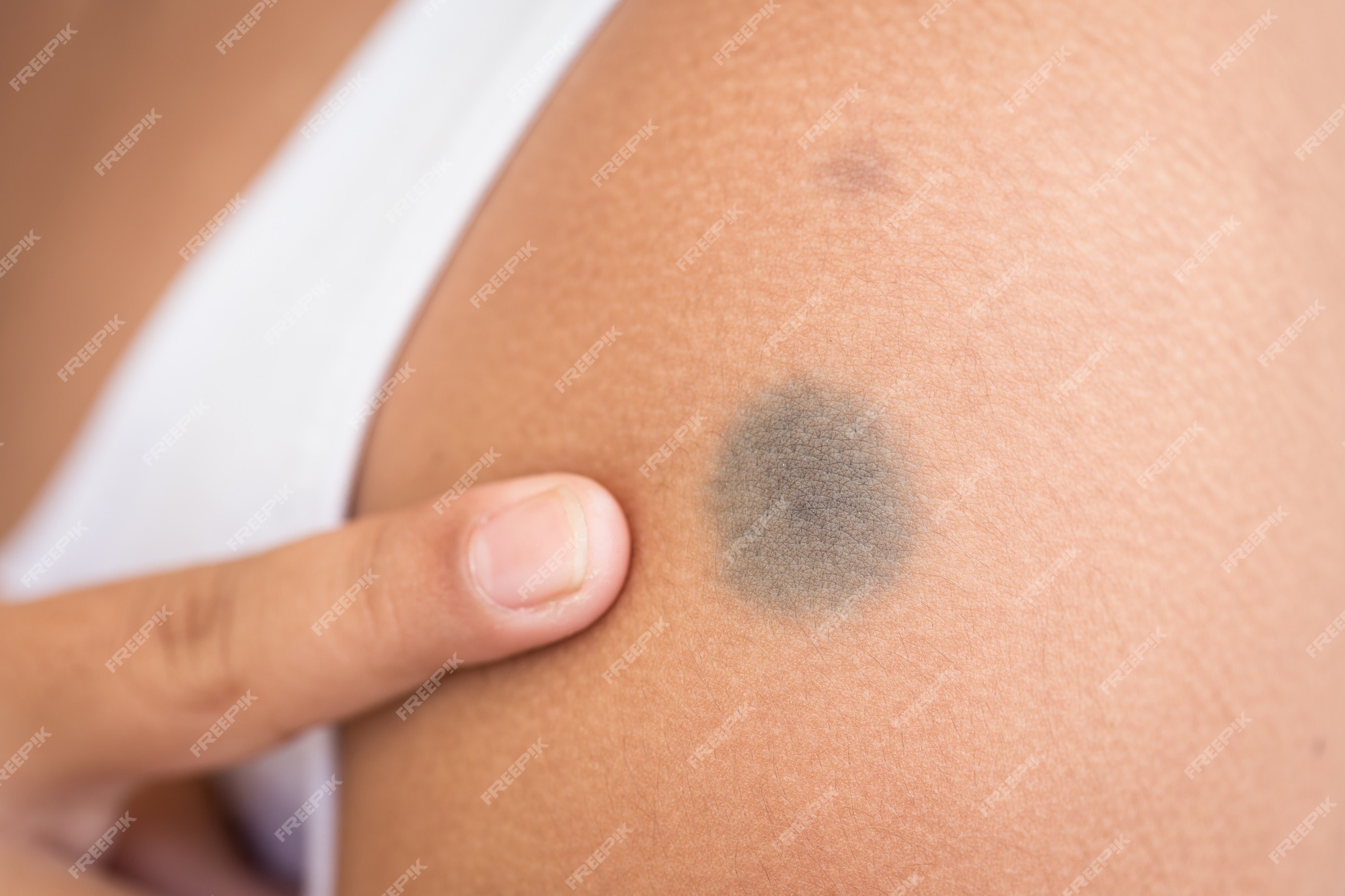
Introduction
Birthmarks have long been a subject of curiosity and intrigue. One common question that often arises is, “Can birthmarks grow?” In this article, we will delve into the world of birthmarks, exploring the various types, causes, and whether they can indeed change in size over time.
Understanding Birthmarks
What Are Birthmarks?
Birthmarks are pigmented or vascular anomalies that appear on the skin at birth or shortly thereafter. They come in various shapes, sizes, and colors, and their appearance can be quite distinctive.
Types of Birthmarks
There are two primary types of birthmarks:
1. Pigmented Birthmarks
Pigmented birthmarks are caused by an overgrowth of melanocytes, the cells responsible for skin color. They include:
a. Café-au-Lait Spots
b. Mongolian Spots
c. Nevus Spilus
2. Vascular Birthmarks
Vascular birthmarks result from abnormalities in blood vessels. Common types include:
a. Port-Wine Stains
b. Hemangiomas
c. Salmon Patches
Can Birthmarks Grow?
Now, let’s address the burning question: Can birthmarks grow in size?
Factors That Influence Growth
Several factors can contribute to changes in the size of a birthmark:
1. Age
In many cases, birthmarks can grow during childhood. This growth is often related to the overall development of the child’s body and skin.
2. Hormonal Changes
Hormonal fluctuations, such as those that occur during puberty or pregnancy, can sometimes cause birthmarks to enlarge.
3. Sun Exposure
Exposure to sunlight can stimulate the growth of certain types of birthmarks, particularly pigmented ones.
When to Be Concerned
While it’s not uncommon for birthmarks to grow, there are instances where it may be cause for concern:
1. Rapid Growth
If a birthmark suddenly undergoes rapid growth or changes in color, it’s essential to consult a dermatologist. These changes could be indicative of a more serious issue.
2. Bleeding or Discomfort
Any birthmark that bleeds, becomes painful, or exhibits unusual symptoms should be evaluated by a medical professional.
Treatment Options
In many cases, birthmarks do not require treatment. However, for those who are uncomfortable with their appearance or experiencing medical complications, treatment options are available:
1. Laser Therapy
Laser therapy is often used to fade or remove pigmented birthmarks, such as café-au-lait spots or nevus spilus.
2. Surgical Removal
For some vascular birthmarks, surgical removal may be an option. This is typically considered when the birthmark poses a significant medical concern.
3. Medications
In certain cases, medications can be prescribed to help manage the growth of birthmarks, especially hemangiomas.
Conclusion
In conclusion, birthmarks can indeed grow in size, with several factors influencing their development. While most birthmarks are harmless and do not require treatment, it’s essential to monitor them for any sudden changes or discomfort. If you have concerns about your birthmarks, consult a dermatologist for proper evaluation and guidance.
FAQs
1. Are all birthmarks present at birth?
No, some birthmarks, particularly hemangiomas, may appear shortly after birth and continue to grow during the first few months of life.
2. Can adults develop new birthmarks?
Yes, although less common, adults can develop new birthmarks. These may be related to hormonal changes or sun exposure.
3. Are birthmarks hereditary?
While the exact cause of birthmarks is not always known, there is often a genetic component involved, making them more likely to appear in families.
4. Do birthmarks always need treatment?
No, most birthmarks are benign and do not require treatment unless they cause discomfort or cosmetic concerns.
5. Can birthmarks disappear on their own?
Some birthmarks, especially certain types of hemangiomas, may naturally fade and disappear over time.
